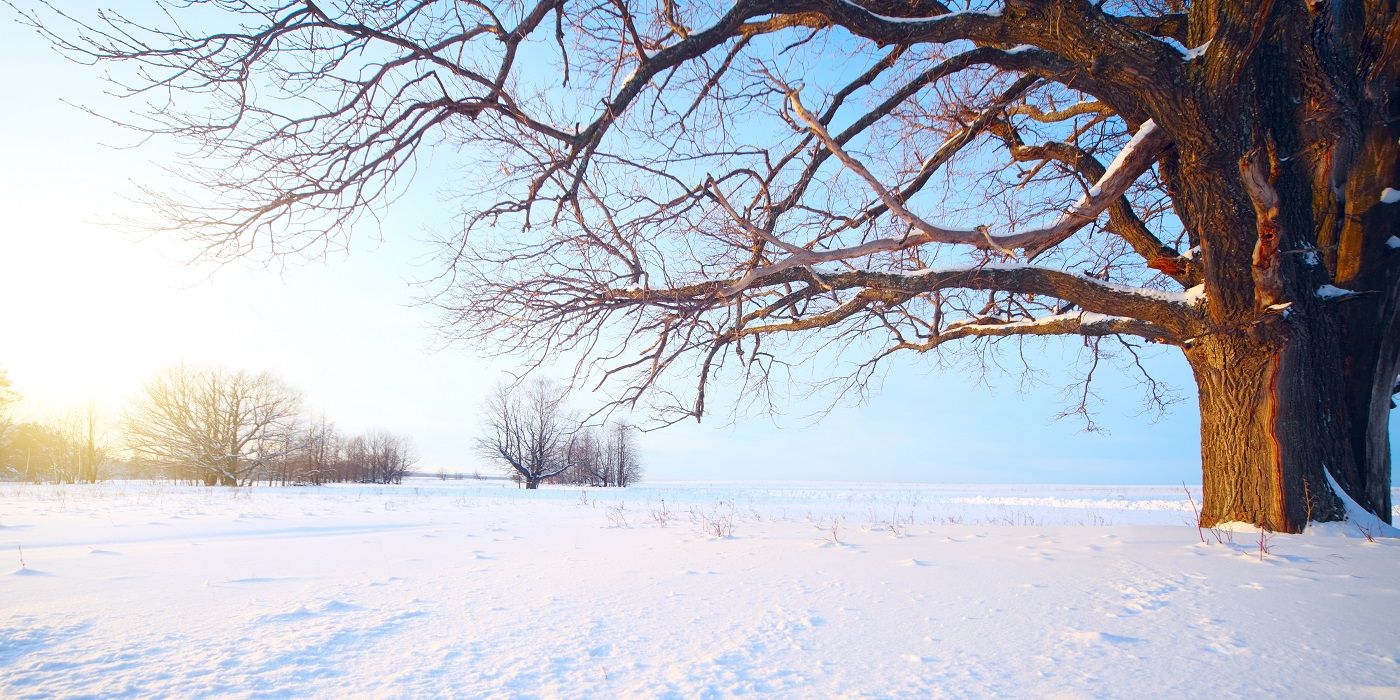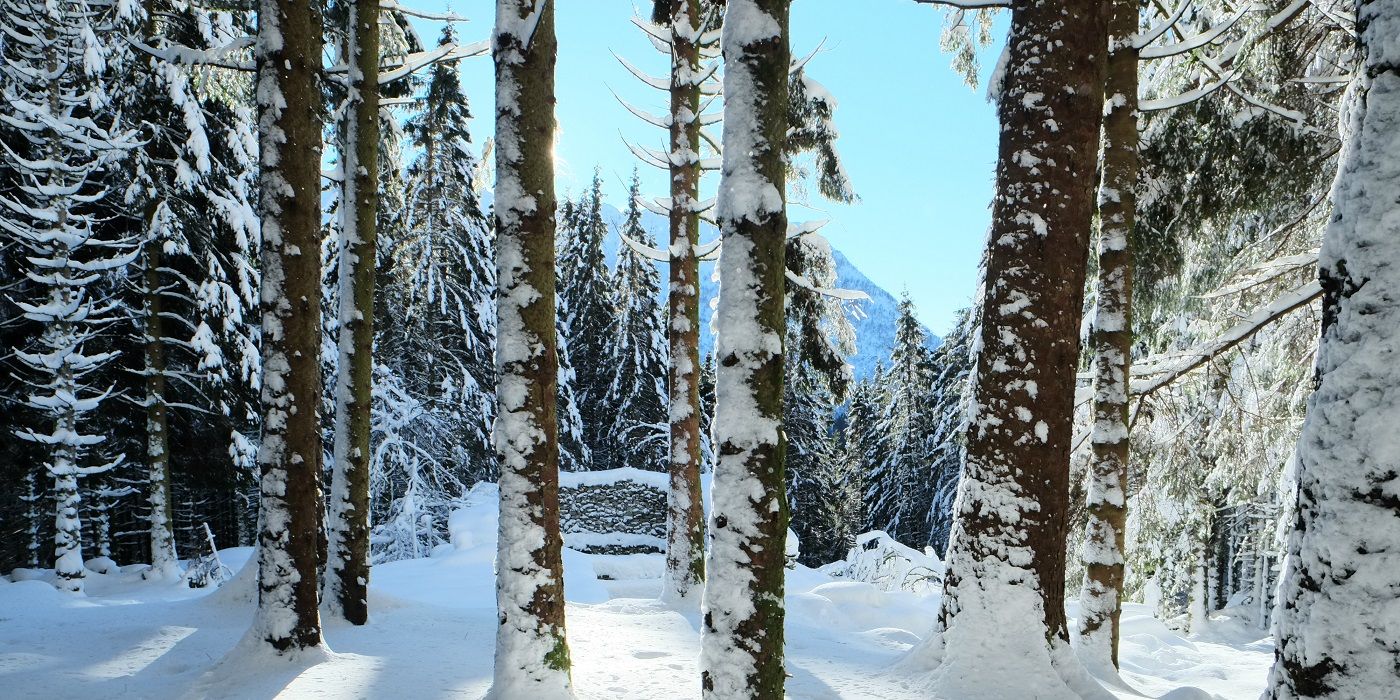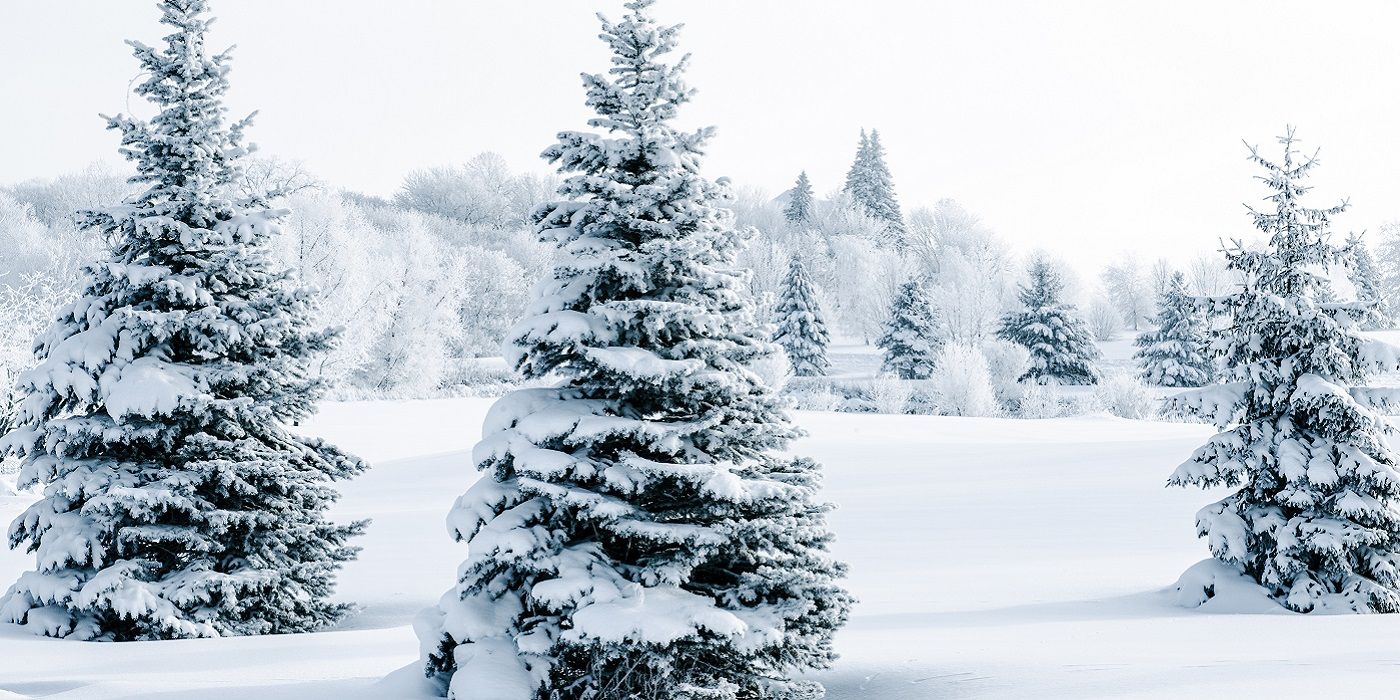Key Takeaways
- Trees shift energy underground in winter to focus on root growth.
- The watering schedule needs adjusting for winter, especially with younger trees.
- Different tree types have unique water needs during the dormant season.
Plants and growing things go to sleep, in a sense, during the winter. It is a period of dormancy, but that does not mean that all growth is halted. In the winter, the growth shifts underground as the energy gets focused on the parts of the tree you can't see.
Trees need water in winter, but the water requirements differ during this time of year.
What Happens to Trees in Winter?
Trees shift their energies underground during the winter season
As temperatures begin to drop, trees enter into a dormancy stage in which the life-giving nutrients from the roots are no longer sent into the canopy for further growth. Instead, all the food collected via the leaves (through the process of photosynthesis) is sent into the roots for storage and growth underground. There have been many studies into trees and their root capacities during all seasons, but much information is marred by the fact that they are hidden away underground year-round and are difficult to study without altering their natural environment.
Below the surface of the soil, tree roots are growing as the temperature begins to drop, and growing roots need water to do so in optimal conditions. Of course, soils hold moisture below ground, and frozen and snow-covered soils will leach a certain amount of moisture into the ground in the winter months, even in arid conditions.
During fall, continue your watering schedule through your first freeze, and then give trees a deep watering once a month in arid or warmer climates where there is no hard ground freeze and low or no snowfall is common.
Watch for signs of water stress in trees going into fall and before trees achieve full dormancy.
- Under the ground, smaller roots shut down and die back in times of water stress. In periods of prolonged drought, larger roots will die back.
- Weakened root systems make the trees more susceptible to insect damage and tree diseases that cause damage and can prevent new growth in spring.
- Wilting and drooping leaves are an indication of water stress. Leaves may also turn yellow, or the ends of the leaves might have a browned or "scorched" appearance.
- In long drought periods, the bark on the tree can crack.
New and Young Trees
If you have planted trees within the last three years, they must maintain a regular watering schedule. On average, young trees need the equivalent of 1 inch of rainfall through the summer months and should be well watered right before the ground freezes in fall.
If your winter is mild, or particularly dry, provide water at least once a month to allow moisture to reach the roots of young trees. Mulching around your young trees in the winter will also help them retain moisture. Do not place mulch directly against the trunk to keep any rot or unnecessary dampness from seeping into the trunk itself.
Periodically check soil 4 to 8 inches deep around your trees to check for moisture. If the soil feels dry or only slightly damp, give it a good soaking through the winter months until trees are more than three years in the ground.
Fruit Trees Have Their Own Journey
Fruit trees have their own special set of requirements and need extra attention when they are young.
- Through the first three to four years after planting fruit trees, you will want to keep the soil surrounding fruit trees slightly moistened throughout the entire year.
- Light watering approximately once every two weeks should be enough to keep soil moist, but check frequently to ensure the soil around the trees is not drying out.
- Once spring arrives, water deeply and slowly to get moisture as deep as you can without pooling the water.
Proper moisture is a must not only for young trees to get established and put forth new growth, but fruit trees need it for good fruit bud set and early production as well.
Native Trees Versus Non-native Species
Non-native trees are not necessarily invasive
Depending on your tree choices, you’ll want to make sure you know if your tree grows as a native of the area, and what its climate preferences are. Despite claims that all non-native trees are considered pests or invasive in certain areas, with proper care, most provide good variety and diversity for the pollinators and critters of the area.
There is a difference between non-native and true invasive species, so be sure to do your homework. If a particular tree is a threat to the area, you will want to reconsider your choices.
Trees native to your climate and growing zone will typically do well with very little help from you after they have become established. Trees that are not typically found in your area (such as many ornamental trees) may need a bit of coaxing to get a good ground base and root system started. One of the key indicators to ensure proper health is good watering techniques to keep the tree from becoming stressed. Regular moisture allows the root system to grow.
Well-established native trees will need little to no watering care during the winter, as long as they have grown well during the summer and do not display signs of water stress. Trees not native to the area may need some extra care past their first few years of initial establishment, and you will want to make sure that regular water is provided through both the growing season and periodically through the winter to give trees the best chance for healthy growth come spring.
Deciduous Trees Versus Coniferous Trees
Since leaves are a major source of water loss, some trees drop their leaves once the weather begins to chill to retain much-needed moisture through the winter. Deciduous trees are defined by their complete loss of leaves in the winter. Coniferous trees are distinctive for their foliage that looks like needles or for thick leaves that stay green through all seasons.
Coniferous trees are more susceptible to dry winter conditions due to their leaf retention throughout the year, and young trees in particular should be kept well-watered for the first few years.
Are Your Trees Ready for Winter?
Plan your watering routine in winter to ensure healthy trees in spring
Even when your trees have gone dormant, they need ongoing care through the non-growing season. Keeping your trees watered through the winter, starting with one deep watering following soon after the first frost, will help ensure the survival of your trees.
- Newly planted and young trees up to three years old need to have moist soil at a depth of 4 to 8 inches year-round.
- Fruit trees depend on water for proper bud set and growth.
- Ornamental trees and non-native species need extra care to adapt to their new environment.
- Both deciduous and coniferous trees may go dormant in winter, but conifers still retain their needles and are more susceptible to drought conditions in the winter.
Young trees, in particular, need the most attention to make sure roots get the water they need to keep growing, which will keep the upper branches alive through the coldest of the seasons.
Give trees what they need and when spring does arrive, they will be beautiful and healthy and enjoy lots of new growth. Good care in winter will help you ensure you have gorgeous outdoor areas in the seasons when it really matters.




